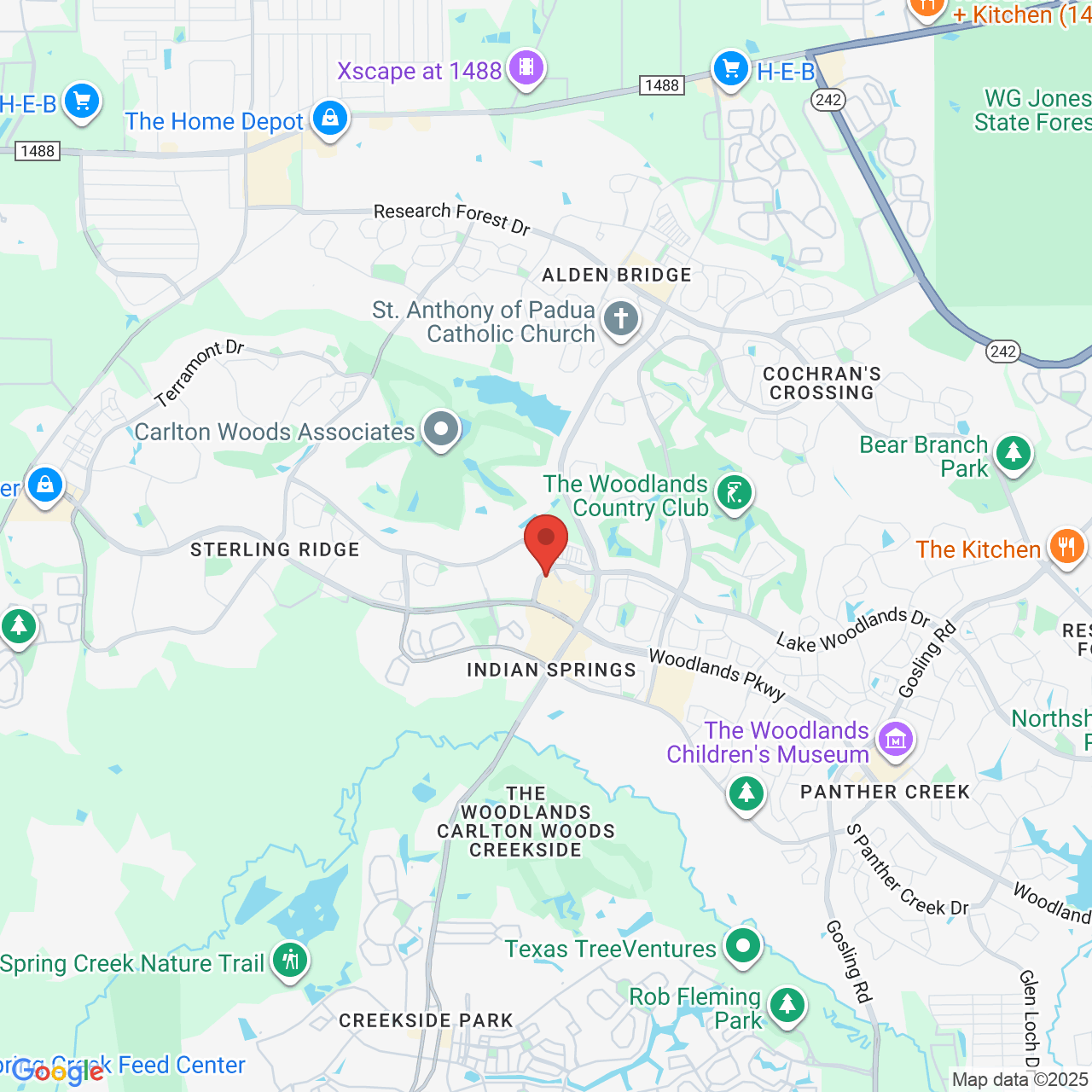Gum Disease

Scott Young, DDS
Cosmetic, General, and Neuromuscular Dentistry serving Highland Village, West University, River Oaks, Rice Village, Memorial, The Woodlands and all of Greater Houston
Gum disease does more than cause bad breath; it’s also a common cause of tooth loss and other, more severe health problems. Fortunately, gum disease is also highly treatable. Gingivitis may be to blame if your gums bleed when you brush or floss your teeth. Don’t hesitate to seek professional help. At the office of Scott Young, DDS, in The Woodlands, Texas, Dr. Young and the team regularly work with patients to combat gum disease using safe, effective means of treatment. Call the office or use the online booking tool today to make an appointment.
Gum Disease Q&A
What is gum disease?
Gum disease is an inflammatory condition that affects your gums and the surrounding soft tissues that support your teeth. Healthy gums are a pale pink, have firm texture, and are matte in appearance. If your gums bleed or become irritated when you brush or floss your teeth, you likely have some form of gum disease.
Are there different types of gum disease?
There are many different types of gum disease, but the two most common types are gingivitis and periodontitis.
Gingivitis
Gingivitis is the most basic form of gum disease and occurs due to plaque building up on the surface of your teeth. Bacteria inside the plaque causes your gums to become inflamed. Fortunately, good oral hygiene and regular trips to the dentist make it possible to reverse gingivitis. This is because, at this stage, there’s no permanent damage to your jaw bone or gums.
Periodontitis
Left untreated, gingivitis may progress to periodontitis. Periodontitis occurs when bacteria reach beneath your gum line, causing your gums and bone to pull away from your teeth. This process forms pockets that collect food debris and bacteria, furthering the infection. Your body’s immune system fights back, but the toxins produced by the bacteria eat away at your gum tissue and bone. Over time, your teeth may become loose and even fall out.
How is gum disease treated?
The gum disease treatment you’ll most benefit from depends on the severity of your infection. At your initial consultation, Dr. Young performs a thorough oral exam and develops a treatment plan based on your unique symptoms and needs.
If your gum disease is in the early stages, a deep cleaning or gum therapy procedure, such as scaling and root planing, may provide significant relief. During scaling and root planing, Dr. Young carefully scrapes away plaque from above and below your gum line (scaling) and smooths out hardened deposits of bacteria on your teeth (planing), providing a surface for your gums to reattach to.
If you have advanced gum disease, he might recommend gum surgery, such as flap surgery, bone graft, or guided tissue regeneration. An alternative treatment for advanced gum disease is prescription antibiotics, which help to ease gum disease by eradicating harmful bacteria.
To learn more about your treatment options for gum disease, make an appointment with Scott Young, DDS. Call the office or use the online booking tool and request yours today.








